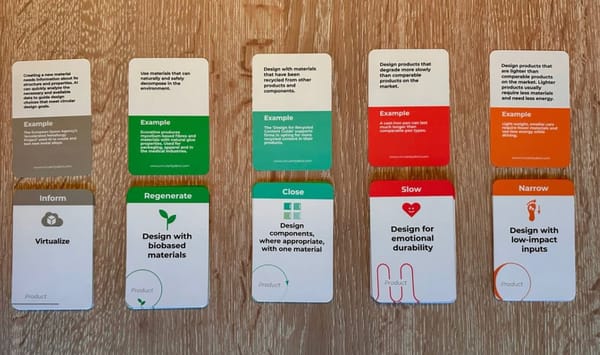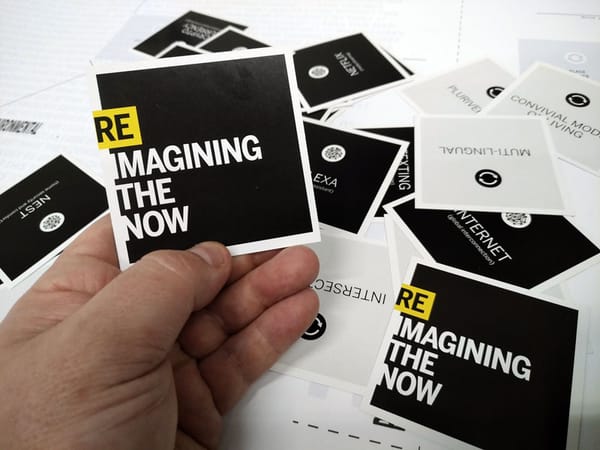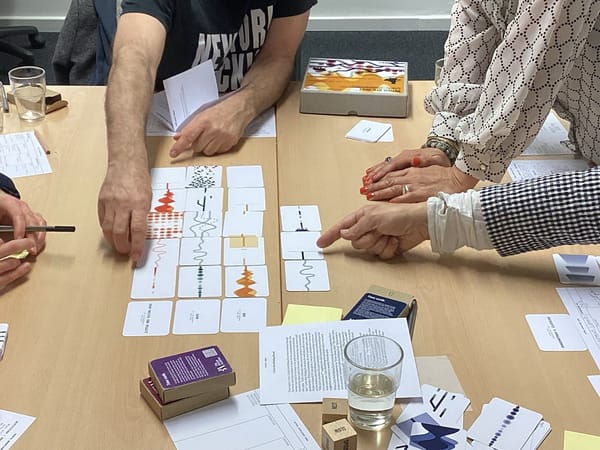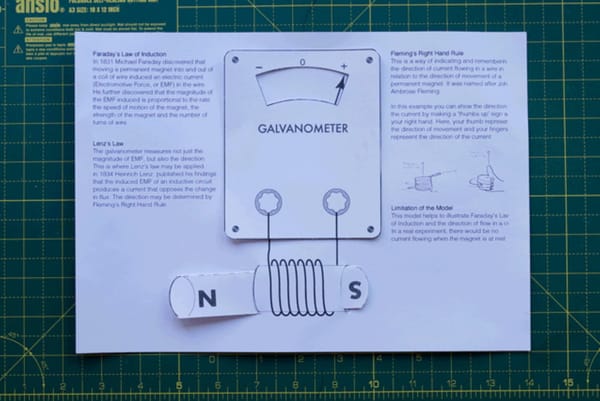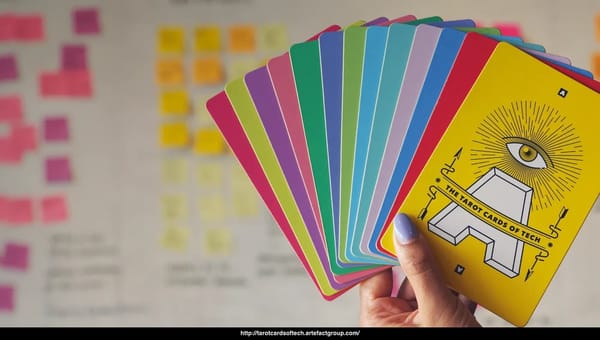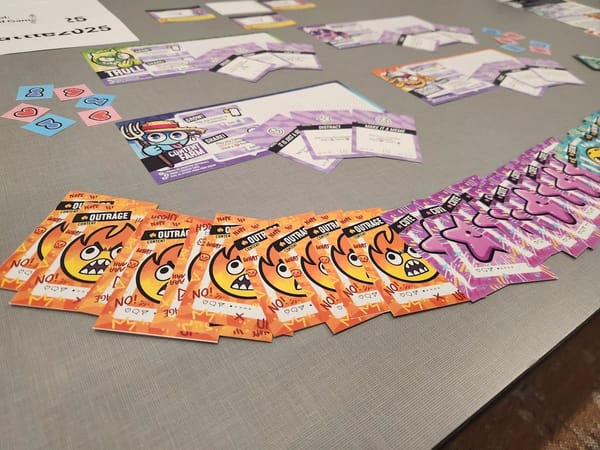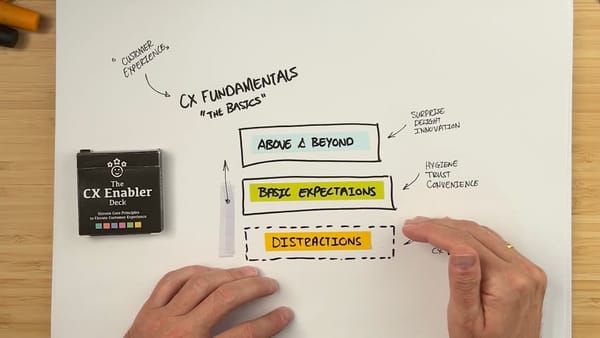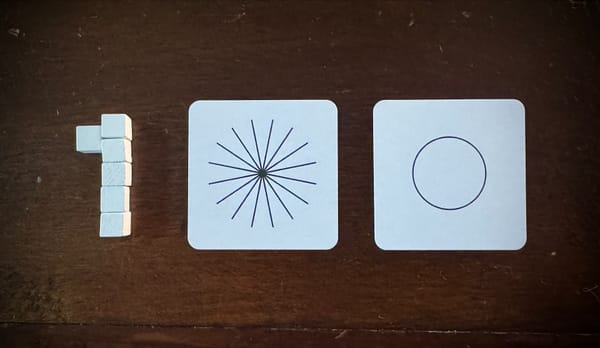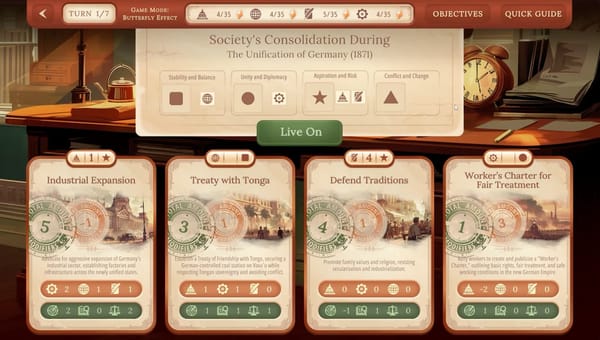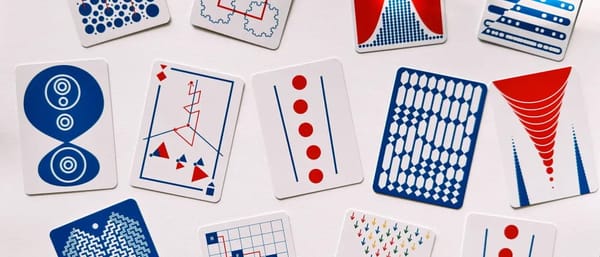
№ 109 | Algodeck, Alternatives to Arrows, Comic Lettering, Equations Explained Colorfully, Chemistry Advent Calendar, A Framework for Making Decisions, TikTok’s System Map, Learner Engagement Checklist, and Closing Prompts
Let’s close out the year with an XL-sized roundup of ‘playful things to think with’ and think about. 🗓️NOTE: This will be the last newsletter until next year. I normally publish Thinking Things every two weeks. But, I do like to take a bit of time off during the


